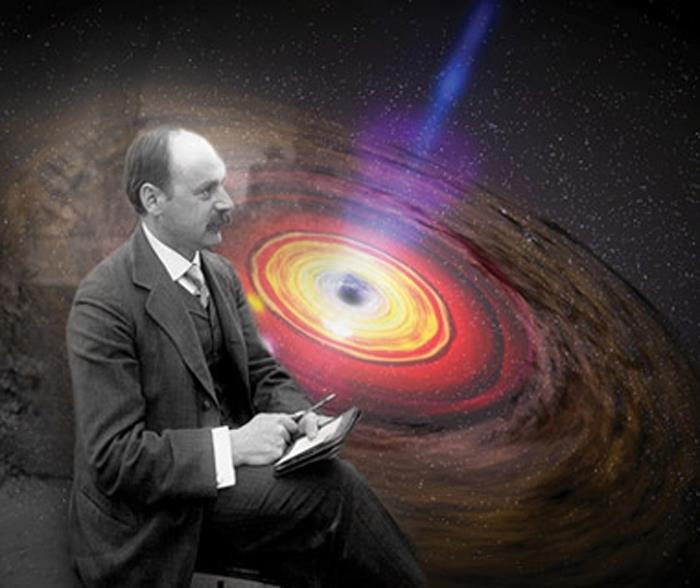Tuesday, 2nd of May, 16.00 (16.00 Coffee & Cake in the foyer, 16.30 talk & discussion)
Lecture Hall III
 The changing paradigms in physics reflect how society thinks about and approaches nature. Accordingly, although natural science is typically objective and reproducible, it’s not neutral at all, but reflects the questions of the scientists as part of their society. Gudrun Wolfschmidt will exemplify this in the field of astrophysics:
The changing paradigms in physics reflect how society thinks about and approaches nature. Accordingly, although natural science is typically objective and reproducible, it’s not neutral at all, but reflects the questions of the scientists as part of their society. Gudrun Wolfschmidt will exemplify this in the field of astrophysics:
Until the 19th century, classical astronomical research was based on measuring stellar and planetary positions for compiling star catalogues, in addition, since Newton’s gravitational theory also celestial mechanics, and astronomers were mathematicians. Around 1860, astronomy underwent a revolution. Instead of only studying the direction of star light, the quantity and quality of radiation were studied for the first time. This was the beginning of modern (observational) „astrophysics“. The astrophysicists began to investigate the properties of the celestial bodies with physical and chemical methods. The new topics were photometry, photography, spectroscopy/spectralanalysis, and solar physics.
The next step was the introduction of theoretical astrophysics around 1900. Karl Schwarzschild (1873-1916), born 150 years ago, started with observational astrophysics by introducing photographic photometry. With his pioneering research as director of Göttingen and Potsdam observatories, he introduced new theoretical topics like solar physics, theory of stellar atmospheres, stellar structure, and Einstein’s General Theory of Relativity. He achieved the breakthrough of the Hertzsprung-Russell-Diagram (HRD), developed independently by Ejnar Hertzsprung (1873-1967) in 1905, and Henry Norris Russell (1877-1957) in 1910/12. The HRD is essential for the discussion of stellar evolution. Modern theoretical astrophysics began through the inclusion of the important new physics in astronomy.